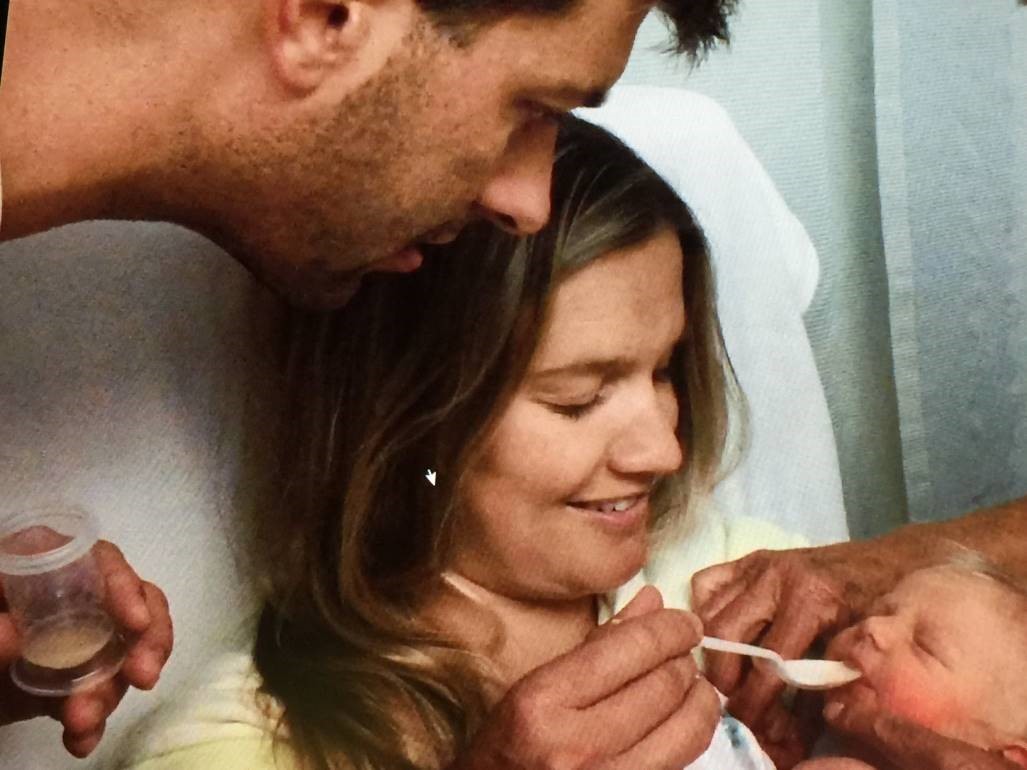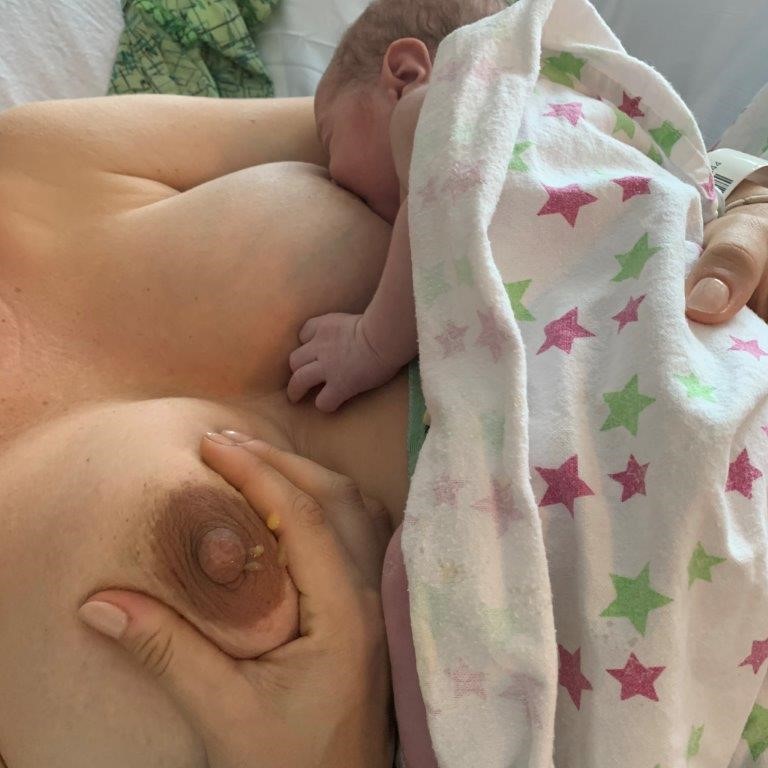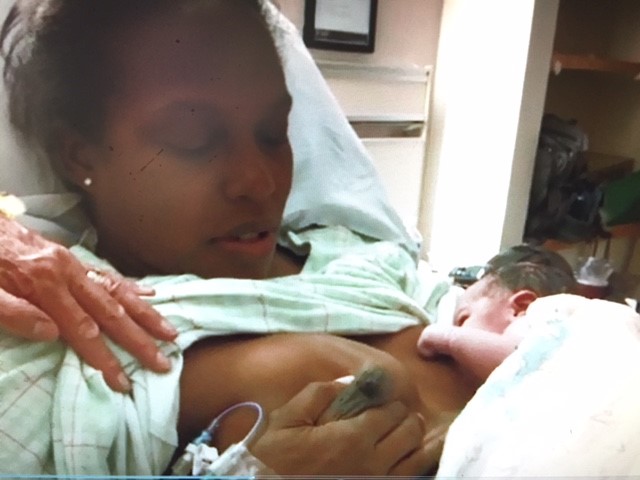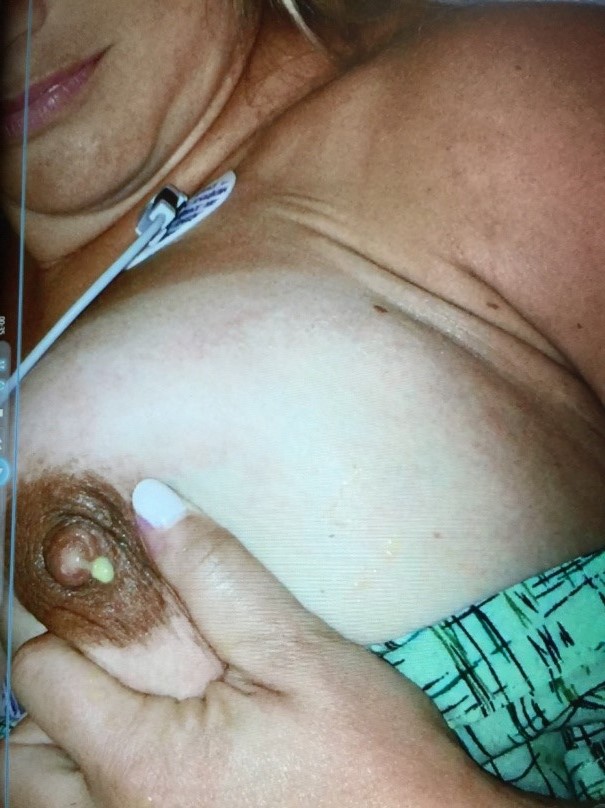Author Archive
First Droplets Website: Empower Parents Enable Breastfeeding #WBW2019

By Dr. Jane Morton
“I’m going to try.” This is the tentative answer many mothers give, instead of “Yes, I’m going to breastfeed!”
Why do so many women worry that breastfeeding may be complicated, painful and probably dependent on professional help? If breastfeeding is so natural, why doesn’t it come naturally, as it seems to in all other mammals? Over the past several decades, research in human lactation steers us to the answers, pointing directly to the sensitive time in the first few hours immediately after delivery. What does or does not happen in this window may determine whether mothers give up on breastfeeding for problems related to, what could be called the ABC’s of breastfeeding. A = attachment (how a baby latches on and transfer milk from the breast), B = breastmilk production, and C = calories or what a baby consumes.
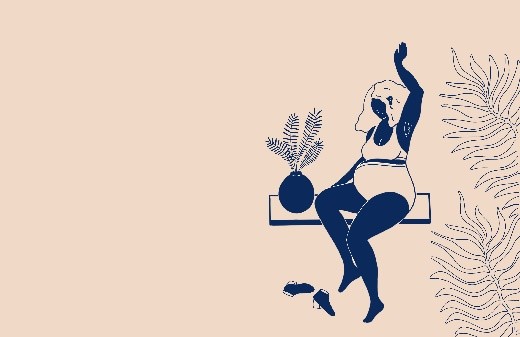
The longer the interval between birth and the first feed, the greater the likelihood a baby will have some issues with latching and comfortably removing milk, or “A = attachment”. Likewise, the longer the interval between birth and the early, (first hour) frequent and effective removal of milk, the weaker the signal to the breast to make milk (B = breastmilk production). This may compromise subsequent production potential. And finally, the more protracted the delay before the first feed, the greater the compromise of passive and active immunity, provided by the multitude of bioactive factors that enhance the functionality of the infant’s own immune system.
Weight loss differentials between infants who feed in the first hour, compared to those who do not, become evident as early as 6 hours. The “last supper” for the newborn ends after delivery with the cutting of the umbilical cord. So presumably, it’s not hunger that drives the newborn mammal to immediately seek out the breast, but a grand design, so to speak, to protect the cornerstones of breastfeeding.
Unlike other mammals, the “naturalness” of the human birth process has been challenged by surgery, drug and early gestation delivery. For example, cesarean delivery, induction and preterm births reduce the likelihood a baby will feed effectively in the first hour. That said, there are simple solutions to avoid complex problems, that become less remedial by the hour. It’s all about learning comfortable techniques and easy-to-remember facts about the ABC’s before D, delivery.
The goal of a new website, www.firstdroplets.com, is to give an expectant mother the tools she’ll need to protect her own breastfeeding experience, no matter what the delivery scenario. Counting down the days before delivery, she can anticipate the opportunities of the first hours. For breastfeeding to be fun, nursing needs to be comfortable for her and easy for her baby. And she needs to make plenty of milk. The short and simple lessons aim to prepare her to answer these questions:
1. What is a “good” latch and why is it important?
2. What do I do to help my baby with a latch, if needed?
3. How do I make more milk sooner?

Using props, animation and real mothers and babies in their 1st postpartum hours, expectant mothers learn about the magic of that first feed when things go “naturally”. To reduce her worries, she also learns that if there are any concerns, she can use the best and most “natural” tools, her hands, to help her baby and protect her production. Hand expression and feeding “dessert from a spoon” are normalized as the first hour response for the baby unable to latch. “Handling” breastfeeding includes suggestions on holding and positioning baby and breast for comfortable and effective nursing, not waiting for soreness to develop.
A separate video for a mother expecting a premature NICU baby aims to prepare her for the earliest challenges and give her a sense of control and recognition for the vital role she’ll play in continuing to protect her baby.
The website, videos, graphics, participant mothers and donations to fund this project were all inspired by the hope that new mothers and their partners come to delivery with confidence, answering “Yes, I’m going to breastfeed!” Please join our effort spreading the word.
Our thanks,
Jane Morton, MD
Website videos may be downloaded for educational non-commercial use. References to support the science behind the video are summarized in a website section and in a recent publication: Morton J. Hands-on or hands-off when first milk matters most? Breastfeeding Med. 2019;14(5):295-297.
Blog posts reflect the opinions of individual authors, not ABM as a whole.
